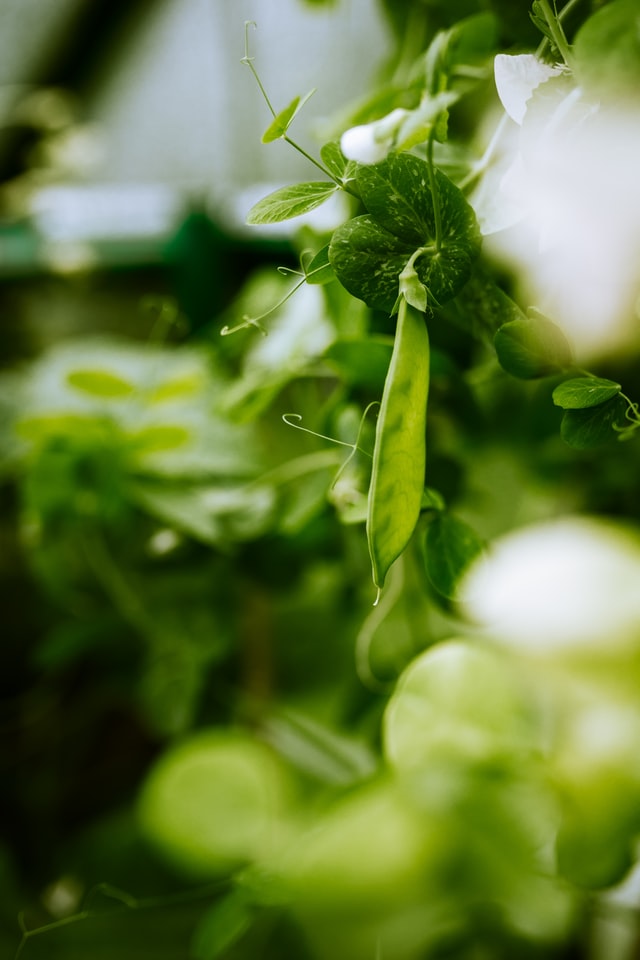by Senior Education Specialist Judy Elliott
May, one of our main planting months, has our temperatures all over the place, ranging from 77 – almost 90 degrees daytime to the mid 50 degrees at night. Thanks to the ample March snowfall & precipitation in mid-April, plants of all types, including copious quantities of weeds are flourishing.
Let’s think on the positive side. Their leaves, using the process of photosynthesis, capture atmospheric carbon dioxide (yes that same gas that contributes to climate warming), storing it in the roots which then release nutrients to feed the diverse community of soil microorganisms. So weeds can actually be thought of as providers of ‘free food’. We just need to manage them before they produce seeds or remove their underground creeping stems or long ‘taproots’ (like found in dandelions). As we get ready for another gardening season, let’s look more closely at what the month may have in store for us.
Do remember to focus on ‘prevention’ strategies.
P |Prepare for seasonal weather challenges
- Hail always occurs! To prepare for that, don’t transplant all seedlings at one time, succession plant short maturing crops such as salad greens & peas, give crops time to grow new leaves, remove damaged outer leaves
- Other hail strategies: Erect windbreaks of fallen branches near crops to break the force of pounding wind, hail & rain. Have spun polyester row-covers, such as ‘reemay’ on hand or utilize coverings similar to ‘micromesh’ for protection
- Denver weather often ‘springs into summer’, rapidly heating.
R| Be Realistic about your layout and plantings
- Set – up your plot in sections, planting small quantities of cool-season crops such as peas, salad greens, radish, beets & green onions.
- Set up a system of ‘internal pathways’ (designated areas that welcome feet) to lessen soil compaction.
- Use the information on the backs of seed packets to inform you about how deep or far apart to plant seeds. Crowded seedlings lead to conditions that promote disease & insect infestation
- Don’t plant more than you can eat or share. One tomato plant can yield up to 40 lbs. of fruit
E | Evaluate past successes and challenges
- ‘Harden off’ all transplants for a week to successfully acclimate them to outdoor growing conditions, including strong wind and sunlight.
- Challenge yourself to water all plants at soil level, avoiding overhead watering
- Mulch early-season transplants, such as broccoli, cabbage & cauliflower soon after planting them. Wait for cool-season seeds (salad greens, green onions, beets, carrots) to germinate and then mulch with straw. Mulch warm-season crops such as tomatoes, peppers, and eggplants several weeks after planting them
V | Visit your garden often to notice changes
- A well – designed garden encourages us to ‘slow down’ and appreciate the interconnected community of soil, plants, and critters
- Harvest produce on a regular basis. Carefully pluck individual outer leaves of leaf lettuce to promote further growth. Check peas daily to extend their period of production. When plants are no longer productive, remove them and replant the space to a warm-season crop such as cucumbers
- Encourage productivity by lightly cultivating the soil around all plants on a weekly or bi-weekly basis prior to watering. This promotes deeply rooted crops that utilize water and nutrients more efficiently.
E | Encourage biodiversity
- Plant flowers (marigolds, zinnias, bachelor buttons, cosmos) and herbs (dill, cilantro, chamomile) to attract a variety of beneficial insects (ladybugs, green lacewings, bees & butterflies) that help keep pest insect populations to a manageable level
- Plant different crops (not just a single one such as tomatoes) to create a balanced plant ‘community’ Rotate plant families (especially the potato, tomato, pepper & eggplant family) to prevent the build-up of soil diseases
N | Notice first emergence of pests
- Identify beneficial and pest insects in all of their life stages. ‘Garden Insects of North America: The Ultimate Guide to Backyard Bugs” by Colorado’s esteemed entomologist, Whitney Cranshaw, provides in-depth information
- Learning a bit about insect growth patterns lets you utilize strategies to ’pick them off or keep them out’.
T | Tap into the wealth of knowledge in your fellow gardening community
- Community gardeners often have a lifetime of accrued gardening knowledge and wisdom to share. Don’t be afraid to ask for help.
- Challenge yourself to learn one new tip each season and, along the way, perhaps not repeat the same mistake of the prior year
- Join DUG’s online gardening community to assess gardening tips throughout the season and involve yourself in classes that provide unique earth–based ideas.
Garden Tip
Keep them out!
Prevent damage from many pests that damage your crops by physically excluding them. Products such as:
‘Reemay’, or its equivalent, are lightweight row -covers, composted of spun polyester & can be placed directly over transplants or seeded rows to prevent insects such as aphid & cabbage butterflies from feasting on your crops.
If the crop requires pollination, such as peas, simply remove the covering. You can water directly through the fabric & it not only provides adequate sunlight transmission but also provides several degrees of frost protection.




